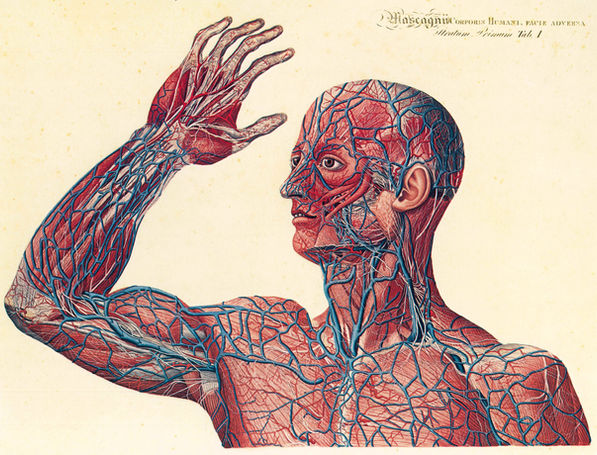

la morte
Drawing dramaturgically from the eponymous and unpublished one-act play (written and published by Giovanni Testori in 1943 in the magazine Pattuglia, although never staged until now), La Morte aims to be an autopsy device through which to overexpose the impossibility of assimilating organic finiteness. It’s an aesthetic examination that chips away at dataism to delve into the bleeding heart of human restlessness.
The subject for Testori is << A dying son >>. Being sons (thus generated) and dying are among the few characteristics that can be said to unite each living being.
The textual dramaturgy consists of the feverish memories of a son facing his end, inserted into a matryoshka-like structure (the son dies, who is the unaware presenter Alberto from the prologue, who - by his admission - moves and speaks exactly as the author wishes), which sees a layered path within the turmoil of one who cannot comprehend and accept their dying.
The author textually transposes the onset of death through the organic corruption of the boy's memories. In the dreamlike delirium, images and impressions appear in a palpitation, disintegrate, and deteriorate, because they are organic, mutable, and alive. The strawberries he used to pick in the undergrowth are now yellow and withered, and the sails of the boats sailing down the river are ash: << Do you remember when we used to go down to the stream? Among the boats and barefoot... barefoot, we walked upstream, through the dense foliage. We ran searching for strawberries in the damp. Mom! I found a strawberry... they're all withered now, the strawberries, they've turned yellow >>.
Recalling this memory in total decomposition, the individual, as a visceral collection of information, inevitably disintegrates, ultimately revealing a new background of unity and transcendence:
<< How vast the light is: one drowns in it like in a sea, like in a shoreless sea >>.
By the end of the play, the truth is revealed from off-stage: a young lady from the audience enters and reveals that the death of the son was real, and not a mere act. The acceptance of death culminates in a dance enigmatically placed by Testori between liberation and the diversion.


In the finale we plan to bring reality onto the scene: death as an organic and inevitable fact.
In the text, Testori creates a theatrical mechanism: a young lady in the audience simulates panic and declares the actual death of the son. The author desires to invoke death as a fact external to the fiction of the stage. He wants to instill in the audience the idea that the death was factual. Testori attempts to evoke death
as a real fact and not as a mere representation.
In the performance we want to achieve the same result: an organic element in full decomposition will be exposed. It is the entrance on the scene of death as a reality, as a fact, as putrefaction. The smell of cadaverine disperses in the room, like a stab in the stomach: << A dead body, yes, a dead body. What will happen? What will happen, to you, tomorrow? >>


t i m e l i n e
February 1, 2024
Open Rehearsal in Chiesa dell’Annunziata, Pesaro
January 18 - 31, 2024
Residency in AMAT, Pesaro
January 6 - 12, 2024
Residency in Il Funaro, Pistoia
C R E D i t s
written by Giovanni Testori
a project by Ian Gualdani
under the guidance of Antonio Latella for Bottega Amletica Testoriana
soundscape by Giacomo Vezzani
scenographic elements by Adele Cammarata
costumes by Pina Muti
with Ian Gualdani
organization by Maria Lucia Bianchi
anatomical drawings by Paolo Mascagni
poster illustration by Giulio Melani
photos and video by Luca del Pia
produced by Movimenti Artistici Trasversali per Opera del Rosso
supported by AMAT, Comune di Pesaro, Casa Testori, Il Funaro
special thanks to Giacomo Dominici and Emanuele Marchetti









